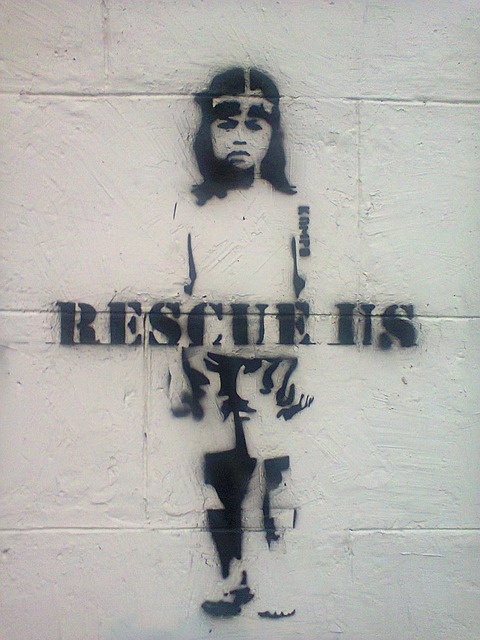Pace Center for Girls intervention strategies addresses trafficking risks of girls in the United States.
Sex trafficking is the most common form of human trafficking, and Pace Center for Girls has focused on preventing girls’ sex trafficking.
Pace Center for Girls strategies
Founded in 1985 with one Center in Jacksonville, Florida, the organization adopts research-based intervention plans to improve the quality of life for the girl child.
The center for girls identified risk factors that make the gild child vulnerable to sex exploitation in society.
Family instability, unmet health, and mental health needs, juvenile justice or child welfare systems involvement, and histories of victimization are a few of the risk factors.
One in five girls reports sexual abuse, and 96% are vulnerable due to the mentioned risk factors.

Pace Centre for Girls had embarked on several projects in the past to improve the academic and living outcomes of girls in Florida, and securing Florida’s Future by Protecting Florida’s children is one of such projects by the organization.
In 2017, securing Florida’s Future by Protecting Florida’s children, was designed to create “front door” access to prevention and early intervention services to Florida’s children, was a success.
Pace Center for Girls programs includes gender-responsive services and support, social-emotional learning, and developing coping skills in a safe and trusted environment.
Human trafficking rates
Florida remains among the top three states with the highest number of calls made to the National Human Trafficking Hotline.
In 2018, the Florida Department of Children and Families collated 2,100 human trafficking reports.
Trafficking for labor and sex stands among the recent forms of child abuse. A child below eighteen years engaged in labor or sex trafficking either by force, fraud, or coercion is termed a child victim of human trafficking.
General intervention techniques
Schools play a significant role in the prevention, identification, and addressing of risk likely-hood.
Programs that nurture healthy relationships provide the opportunity to discuss with children about labor and sex trafficking — likewise, programs against adolescent dating violence.
Also, when school administrators are trained to identify trafficking minors, victims will be recognized, and appropriate measures are taken to address specific needs.
These trained administrators help to identify children at risk who may not be able to recognize their vulnerabilities and risk factors.
Another effective intervention strategy is addressing of vulnerabilities of children, such as their specific needs academically, socially, and otherwise.
100k children victimized by commercial sexual exploitation
The mere act of creating awareness isn’t enough to prevent human trafficking from occurring. Proactive steps that are taken against child labor and sexual exploitation are preferred.
About 293,000 children in the United States are at risk for sex trafficking, while 100,000 children already are victims of commercial sexual exploitation.
Regardless of the Federal Victims of Trafficking and Victims Protection Act of 2000, children fall victim of this social menace.
An article by Mary Marx puts it this way:
Despite protection under the Federal Victims of Trafficking and Victims Protection Act of 2000, an estimated 293,000 children in the U.S. are currently at risk for commercial sexual exploitation and approximately 100,000 children in the U.S. are victims of commercial sexual exploitation each year. Although sex trafficking dominates the human trafficking narrative, we must also expand our collective data gathering and improve our preventive systems.
Therefore, more preventive systems and data collation must be put in place to address the labor and sex trafficking of minors in Florida.
A good move by Florida is the passage of HB 851 as it will establish support organizations with survivors.
The bill will also increase training to aid the identification of victims for law enforcement, hotel workers, and medical professionals.
A database of traffickers who solicit for sex will also be developed, courtesy of the HB 851 bill.







